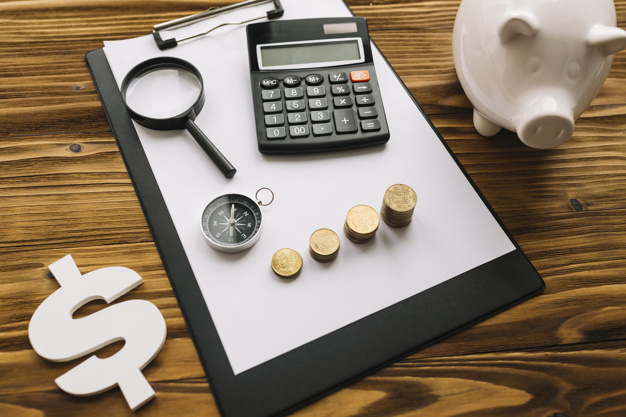Being able to measure the break even point of your business is essential. You can then identify the exact point when your unit sales move you into a position of profit.
How can you use break even analysis?
For entrepreneurs or owners of start up businesses, the analysis of break even point can offer an essential insight into the viability of the business. All that’s needed is a good understanding of costs (both fixed and variable) and the expected price of the product or service. It’s then possible to use the numbers to ask some important questions about the venture. Are the required sales levels realistic? Is there an opportunity to reduce costs or increase the price and make the break even point easier to achieve?
Being able to identify the break even point is an important part of the process of exploring and defining the price point. The foundations of pricing are in the value that customers place on your product or service. But once you have gathered your customer insights, it’s necessary to complete break even analysis to ensure that your pricing supports the profitability of your business.
Financial planning tools are well supported with break even calculations: they rely on a good understanding of cost-volume-profit analysis. By recognising the break even point for your business you become acutely aware of the risks to your profitability should your costs increase, or your price or sales volumes decrease.
How do you calculate break even?
Break even point is traditionally written as an equation:
Fixed costs / (price – variable costs) = break even point in units
Fixed costs represent the costs of your business that are not impacted by sales volumes. These would include costs such as rent, salaries, and equipment. Note, it’s essential that you are realistic about whether any of your fixed costs may change as your volumes increase, and at which point that’s likely to happen. An example of this would if your factory capacity needed to grow so you moved to larger premises and therefore incurred higher rent.
Variable costs fluctuate in line with your sales volumes. These include raw materials and the things that are required to make your product.
Price is the amount you charge for your product.
Let’s use a specific business like a shoe manufacturing company as an example. In this case we could look at an example of a pair of sandals that sell for $50.
The fixed costs for the company are set at $2000, while the variable costs for each pair of sandals are $25. That means that the break even point can calculated as:
$2000 / ($50 – $25) = break even point in units
$2000 / ($25) = 80 units
That means that the shoe business would require 80 units of sandals to be sold in order to meet its costs and achieve break even.
Evaluating one off sales opportunities
Working out your break even point can also provide a straightforward method for assessing the value of one off opportunities. It’s a simple way to balance cost vs. required sales and understand what would be needed to make financial investment worthwhile.
Example:
The shoe business has been offered a chance to take part in a fashion show: they can sign up for an exhibition stand for $1000. How many sandals would they need to sell in order to justify the cost of the event?
Variable costs mean that they make $25 per pair of sandals. So if the fixed costs for the event are $1000, they would need to sell ($1000/$25) units in order to reach break even on the exhibition stand. That’s 40 pairs of sandals. The business can now work out if that target is realistic (recognising that they need to sell more than 40 units to achieve a profit).
The impact of promotional pricing
The break even point can also be used as a tool to evaluate the effectiveness of promotional pricing and ensure that sales targets include increased unit sales expectations. Promotional pricing still needs to deliver profit to the business.
Example:
The shoe business decides to run a special pre-Christmas promotion on their sandals and drop the price down to $45.
Reducing the price also reduces the amount that the company can make on each pair of sandals after deducting variable costs: now $20. In order to achieve break even the company now needs to sell more units to cover the same level of fixed costs ($2000).
$2000 / $25 = 100 units. Reducing the price by just $5 has resulted in an increased sales target of 100 units, 20 more units than at full price. If the company is considering dropping prices this is an important indicator of the increased sales activity required.
If the company was considering including any marketing or promotional costs they could also be added to the fixed costs and would therefore increase the sales targets further.
